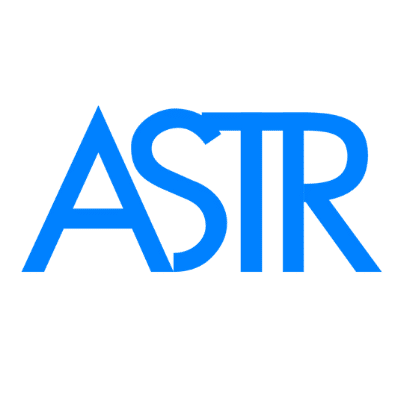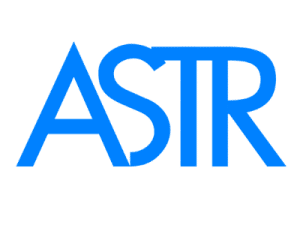How Myofascial Release Helps With Mobility and Flexibility
How Myofascial Release Helps With Mobility and Flexibility
Search terms: myofascial release stretching, fascia release flexibility
🧠 Why You May Feel Stiff—And It’s Not Just Your Muscles
Many people assume that tight muscles are the cause of poor flexibility or reduced mobility. But in reality, the fascia—a thin layer of connective tissue that surrounds your muscles, joints, and organs—often plays a bigger role.
When fascia becomes restricted due to inflammation, trauma, overuse, or poor posture, it limits how far and how smoothly your body can move. That’s where myofascial release comes in.
🧩 What Is Myofascial Release?
Myofascial release is a technique that targets fascial restrictions to:
-
Improve range of motion
-
Reduce pain and tightness
-
Restore natural, fluid movement
Unlike stretching alone, it works by releasing adhesions between fascia and muscle, which are often responsible for stiffness and movement limitations.
🏃♀️ How Myofascial Release Improves Flexibility
Fascial adhesions bind tissues together, creating tension across joints and muscles. These restrictions can:
-
Limit joint range of motion
-
Cause asymmetrical movement patterns
-
Lead to injuries from compensation
By applying gentle, sustained pressure or using specially designed tools, myofascial release loosens these restrictions, allowing the body to stretch and move more freely.
🧘♀️ Myofascial Release vs. Stretching
| Feature | 肌筋膜釋放 | Static Stretching |
|---|---|---|
| Focus | Fascia and connective tissue | Muscle length |
| Depth of Effect | Deep release of tissue adhesions | Surface muscle elongation |
| Longevity of Results | Longer-lasting improvements in mobility | Short-term gains |
| Nervous System Involvement | Helps downregulate tension | May trigger reflexive tightening in some cases |
🛠️ Why Tools Improve Outcomes
While hands-on therapy can be helpful, tool-assisted myofascial release is more effective for breaking up:
-
Scar tissue
-
Fascial adhesions
-
觸發點
-
Visceral restrictions
ASTR tools are specially designed to provide deeper, more precise pressure—unlocking flexibility that traditional methods miss.
🔗 Explore the Official ASTR Tool Set
📘 Improve Flexibility Naturally with Pain No More
Dr. Joseph Jacobs, a chronic pain survivor and fascia expert, created ASTR therapy to address the real cause of stiffness: fascial restriction. In his book Pain No More, he explains how mobility dramatically improves when fascia is released—not just muscles stretched.
🔬 Backed by Science
-
Barnes et al. (1997): Myofascial release improves flexibility, particularly in patients with chronic myofascial pain.
-
Ajimsha et al. (2011): Demonstrated significant range of motion improvements in those treated with myofascial release.
-
Schleip et al. (2012): Fascia is contractile and can cause joint restriction; releasing it improves movement patterns.
-
Beardsley & Škarabot (2015): Myofascial techniques are more effective than static stretching in long-term mobility gains.
✅ Summary: Key Benefits for Flexibility
| ✅ Myofascial Release Helps With: |
|---|
| Releasing deep fascial tension |
| Enhancing joint mobility and range of motion |
| Reducing movement-related pain |
| Improving athletic and daily performance |
For lasting improvements in flexibility, addressing your fascia is essential—and myofascial release through ASTR therapy is one of the safest and most effective ways to do it.

